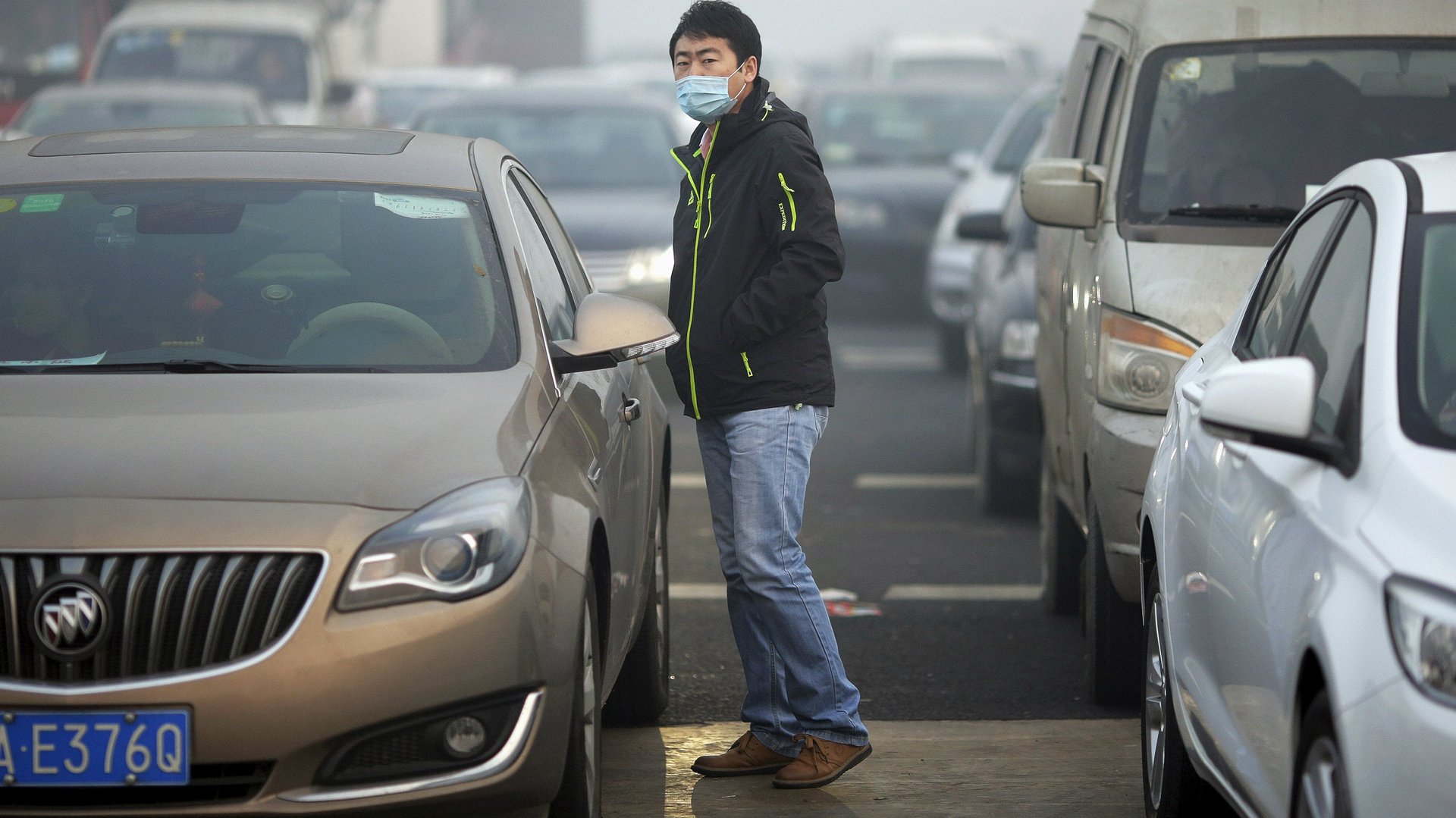One year after the Uber-Didi merger, it’s only getting harder to hail a ride in China
One year ago, China’s ride-hailing industry experienced two major turning points. In late July, Beijing passed a national law that officially legalized Uber, Didi Chuxing, and similar services. Then, days later Uber and Didi announced they would merge, with Didi purchasing Uber’s China operations while Uber took a 17.7% stake in Didi.


One year ago, China’s ride-hailing industry experienced two major turning points. In late July, Beijing passed a national law that officially legalized Uber, Didi Chuxing, and similar services. Then, days later Uber and Didi announced they would merge, with Didi purchasing Uber’s China operations while Uber took a 17.7% stake in Didi.
Those incidents capped over three years of cheap subsidized rides, protests by taxi drivers, and periodic government raids of the upstart companies. Now, the dust has settled, but neither consumers nor drivers are happy. Getting a ride in China is harder and more expensive than ever before.
A survey conducted by web portal Sina revealed (link in Chinese) 81.7% percent of respondents believe that hailing a ride in China is more difficult than it was a year ago, and 86.6% say it is more expensive than ever before.
Didi itself recently published data assessing the difficulty of getting rides during rush hour in China’s major cities. Using its own calculations, the company found that nabbing a vehicle in Beijing, Shanghai, Guangzhou, and Shenzhen had increased in difficulty (link in Chinese) by 12.4%, 17.7%, 13.2%, and 22.5%, respectively.
Specifically, the “response rate” for rides hailed at busy pickup spots like airports, train stations, hospitals, and schools has declined noticeably (link in Chinese).
It’s not just the major metros. The report adds that response rates for rides hailed from similar spots in second- and third-tier cities have decreased by an average of 30% annually.
What accounts for the difficulty? One explanation comes as no surprise. After the merger, Didi slashed the bonuses it had been giving drivers to get them on the road, making it less lucrative to ferry passengers around town. It also cut down on the discounts offered to consumers.
Local laws came into play, as well. After the national government lifted ride-hailing out of the legal grey zone in July 2016, cities imposed their own rules dictating who was eligible to drive for the likes of Didi. Beijing and Shanghai, China’s two biggest cities, imposed some of the strictest rules, forcing all drivers to have a local hukou—China’s most important residence permit, and the most difficult one for non-native city residents to obtain. Other cities imposed equally stringent requirements, with vehicle types and license plate registrations also coming into play.
Didi stated last October that the company was logging 20 million completed rides every day. It did not immediately reply to Quartz’s questions about its usage since then.
If daily completed rides have decreased, Didi could face difficulties if it wants to go public. With its core service no longer in growth mode, it will have to find other means to expand and please investors. Thus far, it has raised funds for its autonomous-car research, invested in bike-sharing, and thrown money at overseas Uber competitors (despite being partially owned by Uber).
Didi’s post-merger speed bump also hints at a possibility for Uber’s future, as well as the future of ride-hailing globally. Facing well-funded competitors and a leadership crisis, it’s possible Uber might retreat from some of its overseas markets to focus on the US, almost certain to remain its most lucrative. In August the company merged its Russia unit with local rival Yandex.Taxi, retaining a 36.6% stake in the joined entity.
If such mergers continue, the lack of competition could increase the price of an app-hailed ride, turning off consumers. And if such mergers wind up forming a single monopoly owned by a domestic player, increased government regulation of ride-hailing companies could be in store—for better or for worse.